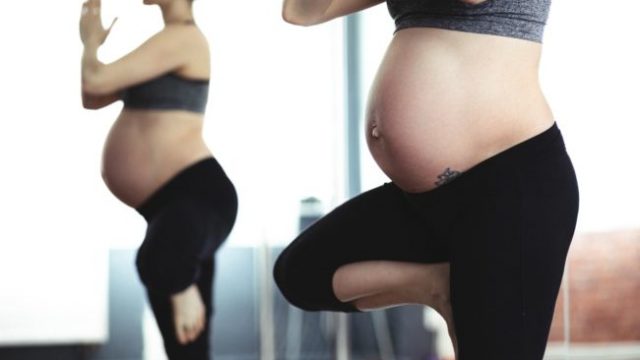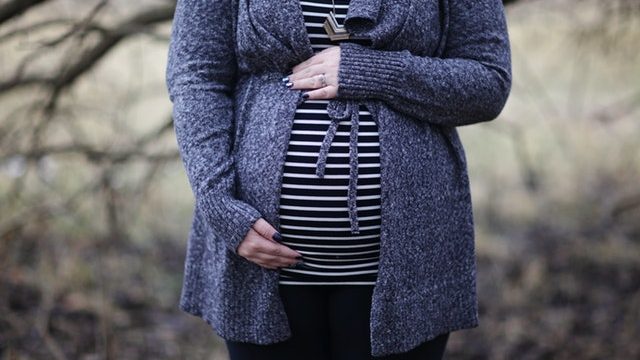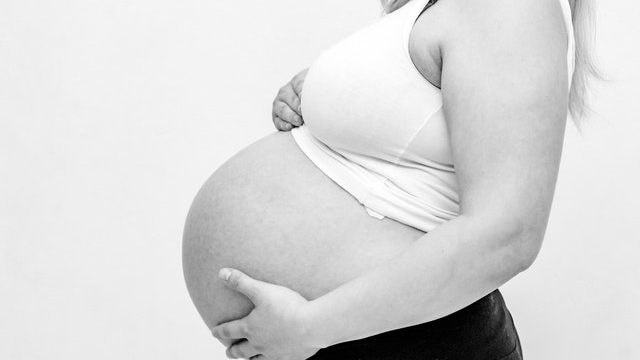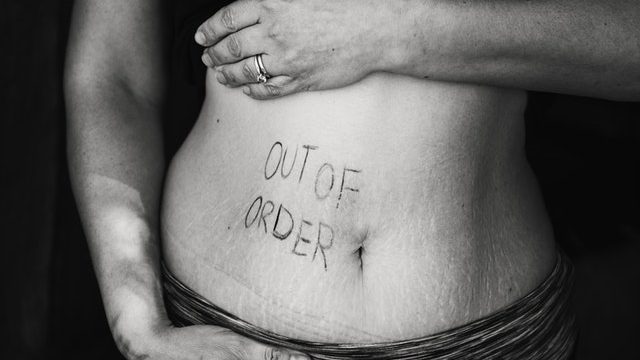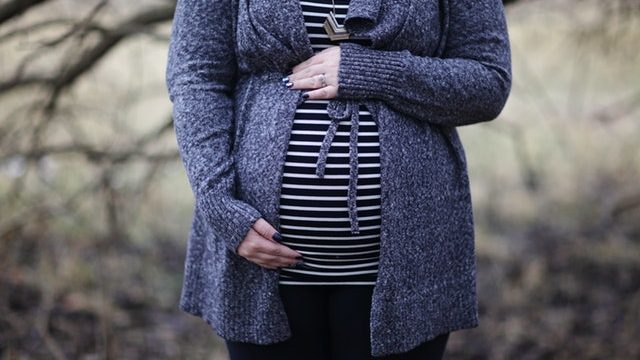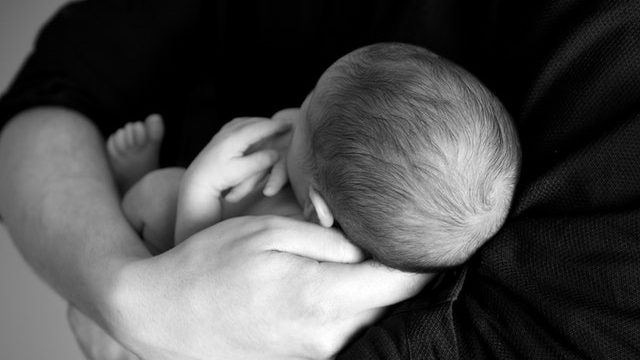Breech means that the baby is lying with the feet in the lower part of the uterus and the head in the upper part of the uterus. The baby normally i.e. in most cases is lying with the head in the lower part of the uterus. When labor starts the head usually comes out first and the rest of the body follows. The feet come out last.
During pregnancy the baby moves in the womb and therefore in early pregnancy breech position is very common. By 36 weeks most babies will take their final position and the most is with head in the pelvis area. Three in every 100 (3%) babies are breech at the end of pregnancy.
Why does Breech happen?
Well in most cases this is purely by chance. In some cases, there are certain factors that predispose to the baby being in the breech position. These are:
- Too little or too much water in the womb.
- The position of the placenta is lower down in the uterus and so it prevents the head from finding enough places in the lower pole of the uterus.
- Twins and multiple pregnancies.
Breach babies may have any of the following positions:
Frank Breech
The baby’s bottom is in the lower part of the uterus, the thighs are against the chest and feet are up by the ears.
Flexed Breech
The baby’s bottom and the feet are in the lower part of the uterus, the thighs against the chest and the knees bent.
Footling Breech
The baby’s foot or feet are below the bottom which is in the lower part of the uterus.
How do we manage breech?
Depending on various factors we have the following options:-
- External cephalic version (ECV)
- Caesarean delivery
- Vaginal breech delivery
- Various studies have shown that caesarean delivery is safer for the baby around the time of birth.
- Caesarean delivery carries a slightly higher risk than vaginal delivery for the patient.
- A vaginal breech birth is a complicated birth, as the largest part of the baby is last to be delivered and in some cases, this may be difficult. It is possible that the feet slip out when the neck of the womb is not fully open. In such a scenario it may be difficult to deliver the head because it may not come through a partially dilated neck of the womb.
A vaginal breech birth should not be attempted in following circumstances:
- If the baby is a footling breech, or is large (over 3800 grams), or is small (less than 2000 grams) or the neck of the baby is tilted back (hyperextended).
- The mother has had a caesarean delivery in a previous pregnancy or has a small pelvis, or pre-eclampsia, or low lying placenta
- In the case of twin pregnancy, vaginal delivery is best avoided if the first baby is a breech.
If you have a breech baby, then write to us to have a discussion with Dr. Sangeeta Agrawal to discuss your options for safe delivery.



